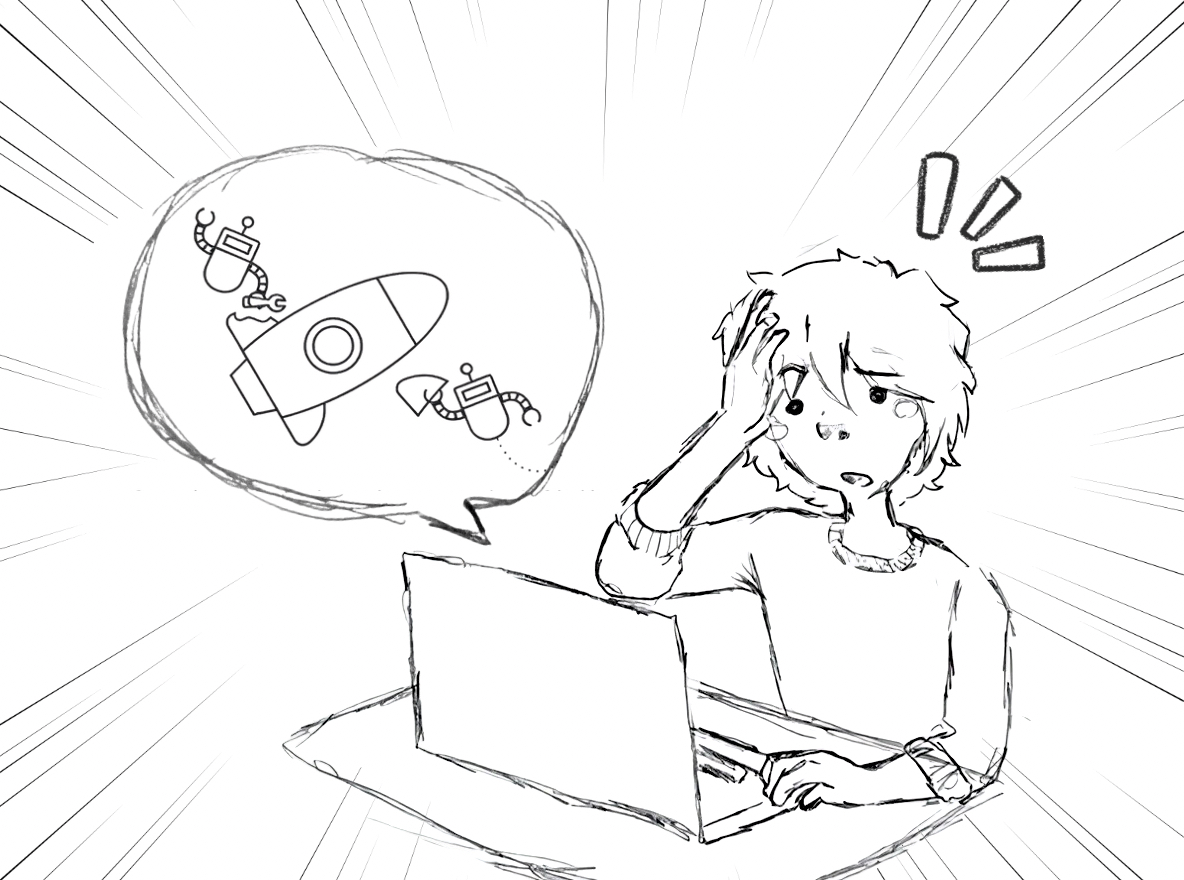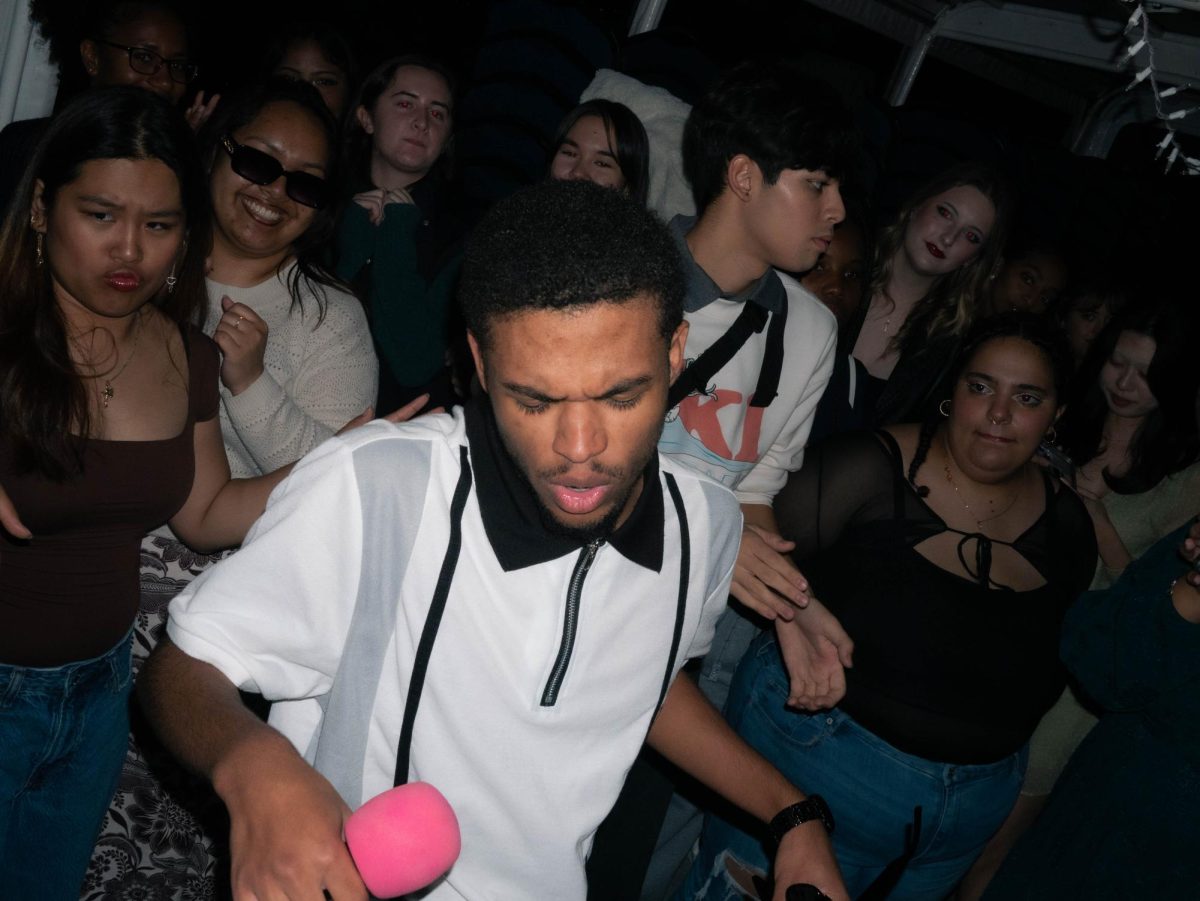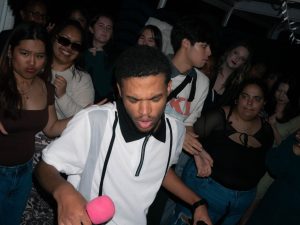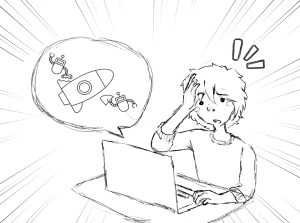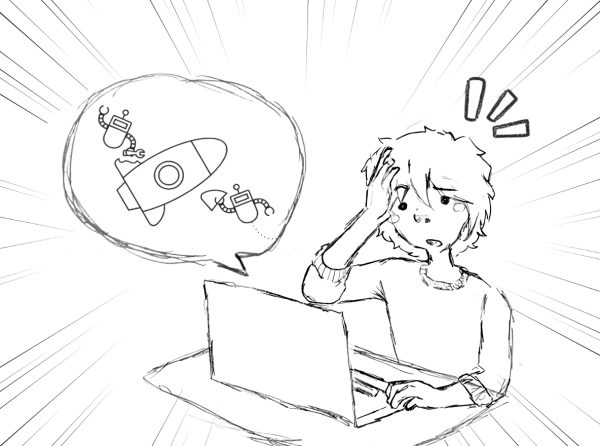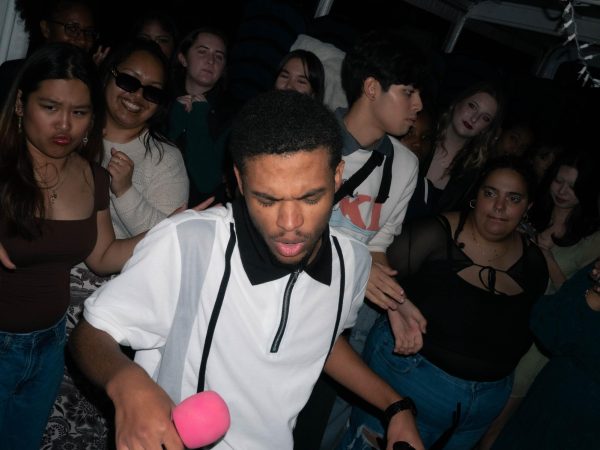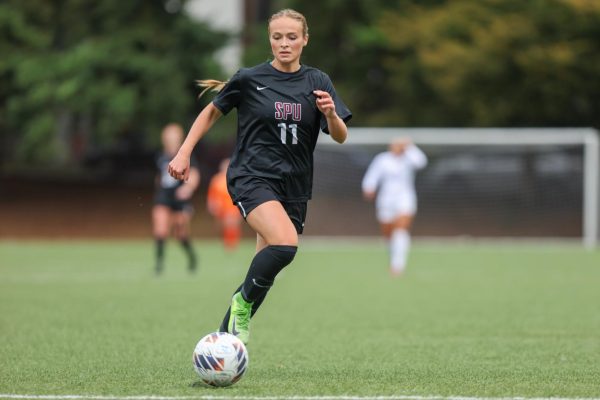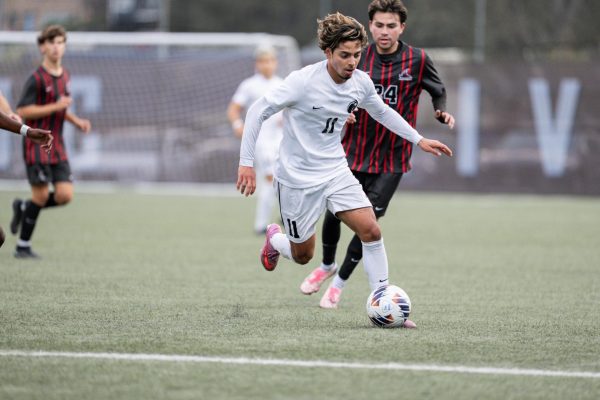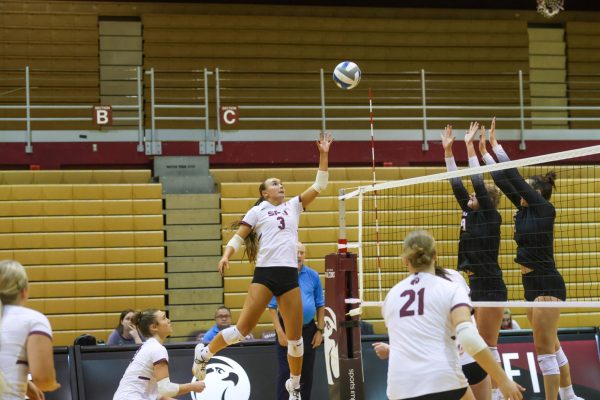Starbucks’ not so “holiday” cups
Implicit Christmas theme behind brand’s infamous holiday packaging
December 4, 2019
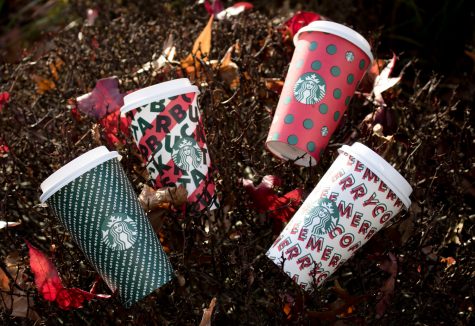
The annual Starbucks holiday cups for 2019.
“It’s the official start of the Christmas season, and I feel like people decide when it’s time to start celebrating Christmas based off Starbucks’ holiday cups,” sophomore student Patricia Sydenstricker said.
For the last 22 years, Starbucks has been rolling out “holiday” themed cups and packaging as a way to celebrate this time of the year. Employees turn in their green aprons for red ones and wrap the store in décor.
“We came up with this idea of wrapping the stores in holiday joy and wrapping the cups like a gift to our partners and customers,” Jen Quotson, vice president of Starbucks’ Creative team, said.
Today, in hopes to be more inclusive , “happy holidays” is used by companies like Starbucks, raising the question if their cups feature too much Christmas, or not enough.
In 2015, Starbucks received a huge backlash on their cup designs, some claiming it as a “war on Christmas” after cutting back on the creative front by leaving their cups plain red.
December is full of holidays such as Hanukkah, Kwanzaa and the Chinese New Year. Yet the billion-dollar cooperation narrows their focus to the green and red, neglecting Hanukkah’s blue and gold.
For Starbucks consumers world-wide, the rollout of these cups signal signature drinks and a sense of excitement.
This year’s cups feature a green and red color scheme alongside typography elements of the words, “Merry Coffee.” The company refers to the four current cup designs as the Candy Cane Stripe, Merry Stripes, Merry Dance and Polka Dots.
Quotson’s team keeps the holiday cups top secret — even from Lisa Beckman, SPU alumni and director of Global Beverage Innovation and Optimization for Starbucks.
Beckman said, “Our holiday cup design is kept under wraps for the majority of Starbucks partners until very close to launch day. My role is to create our beverages and I typically do not even get to see them much earlier than others.”
Throughout the last two decades, Starbucks’ creative team has looked back at previous years’ cups to help guide the new designs which all feature the green and red color scheme intertwined with Starbucks’ logo.
In 1997 and 1998, Starbucks cups sported a warm purple hue with winter themed symbols such as ice skates and snowflakes. This transformed into the 1999 iconic red cup that has stuck with the brand ever since.
Alongside their green logo, the company started integrating ornaments, Christmas trees and presents, all elements of the commercial aspect of Christmas.
“I think they [Starbucks] definitely lean more towards Christmas. But less so than previous years, I can give them that,” Samara Sorce, a senior business student, said.
Although the brand does not explicitly state that these are Christmas cups, many design features have historically slanted toward one holiday this time of the year.
In the Metro Seattle Area, Christians account for 52% of the population with the other 48% identifying as Jewish, Muslim, Buddhist, Hindu, or unaffiliated, according to the Pew Research Center.
Today, conversations surrounding the holidays are sensitive, and often filtered to use politically correct terms.
“It [Christmas] is celebrated by people who are not Christians and has become a secular holiday, which creates an interesting dynamic for Starbucks to market their coffee to the population,” Katherine Douglass, professor of theology said.
“Even by just putting Christmas symbols on it they are going to get a reaction and people are going to talk about it which will lead people will buy their coffee.”
This idea wasn’t an isolated opinion. Gray Kolde, a sophomore physiology student, commented, “I am not at all surprised that Starbucks came out with seasonal special cups in these colors; it’s another way to milk their faithful customers for another couple bucks, and the inevitable buzz that they generate is great for business.”
This reaction is seen when consumers post their cups online or go to Starbucks to collect the cups, all bringing in more foot traffic — and money.
Lauren Kelly, freshman and part-time barista at Starbucks said, “It’s definitely busier around the holidays. I really enjoy working there during the holiday season because of the atmosphere. It just all really feels like Christmas.”
The rollout of these cups may signal the holiday season for some but also bring to attention other social ramifications.
“People that are offended by the design of the cups are in no way obligated to buy their coffee from Starbucks — especially in Seattle. They are free to use their purchasing power to support any product at any company that they choose,” Kolde said.

